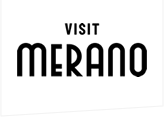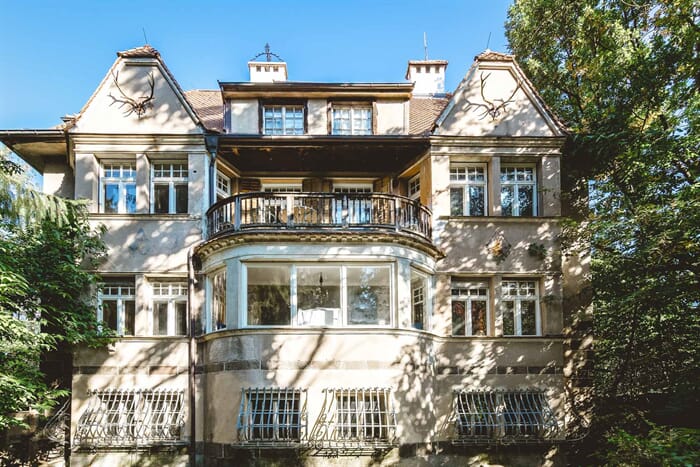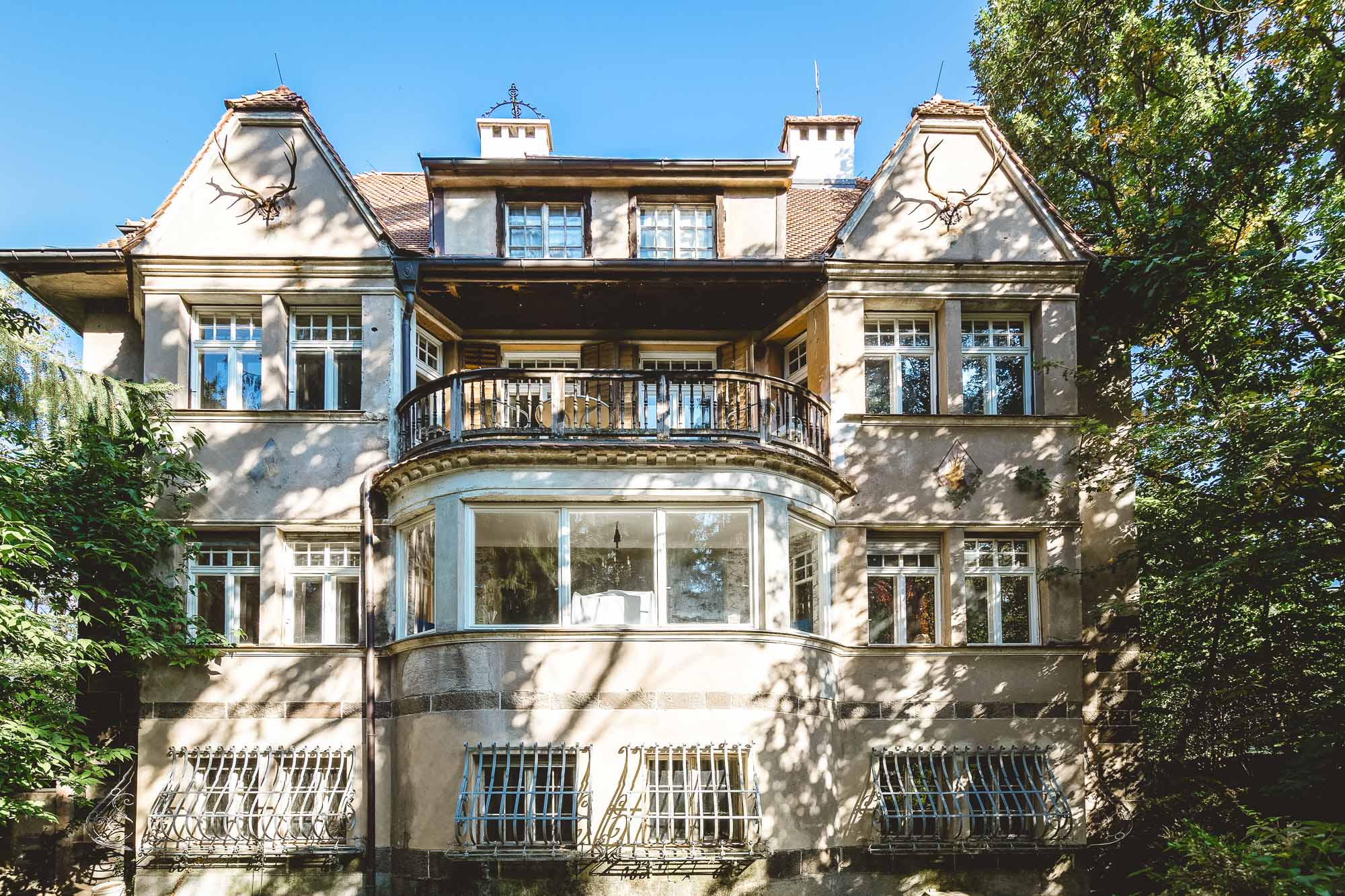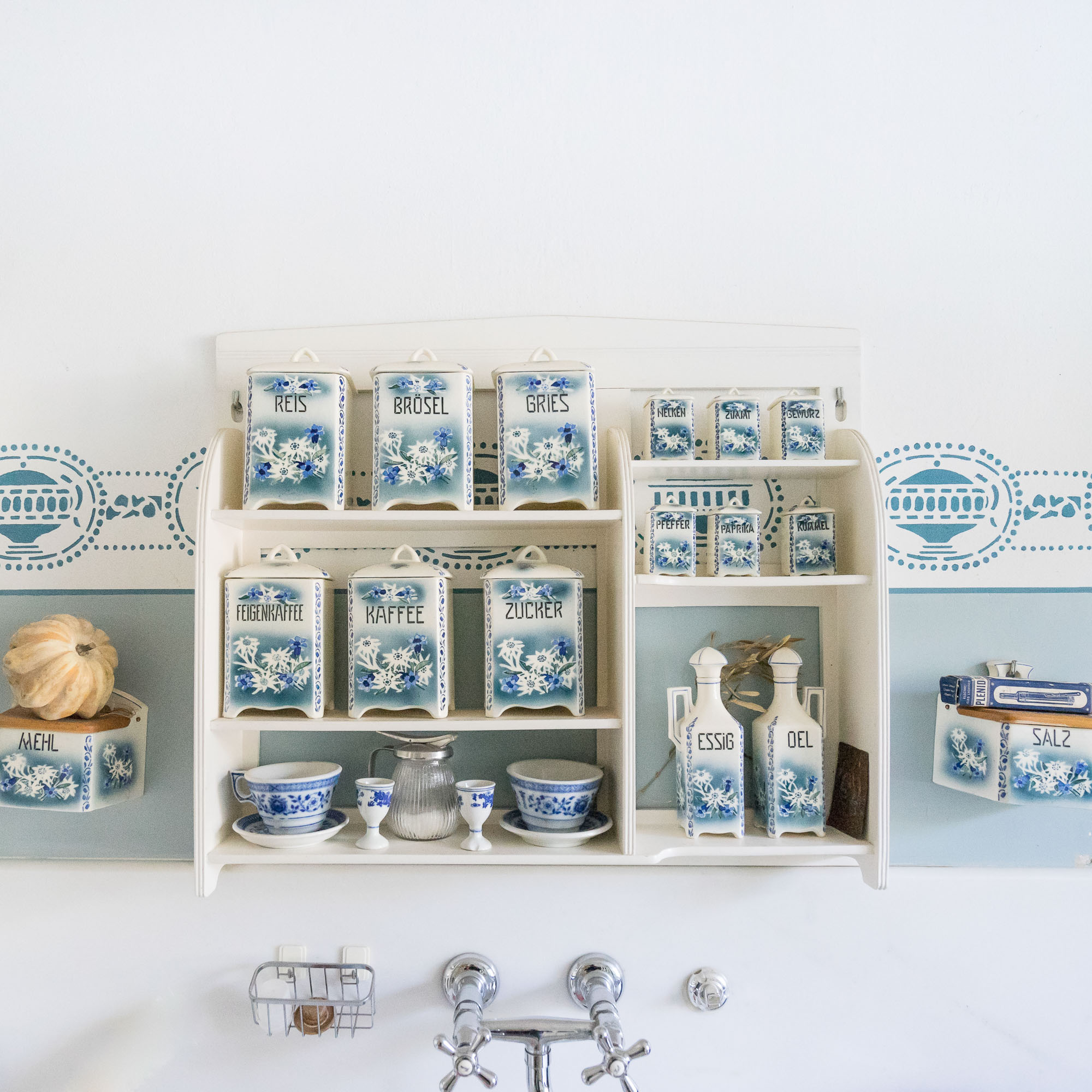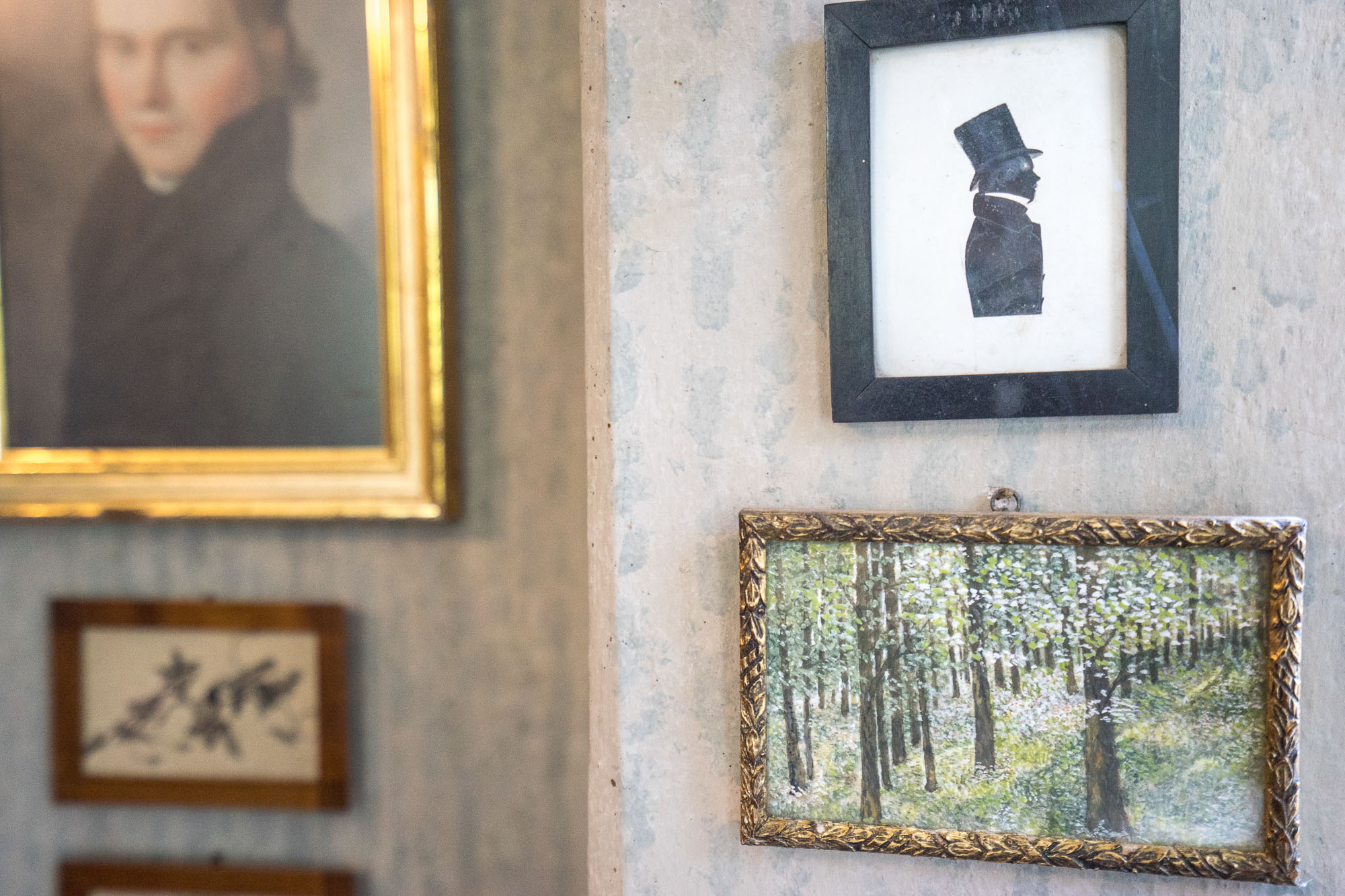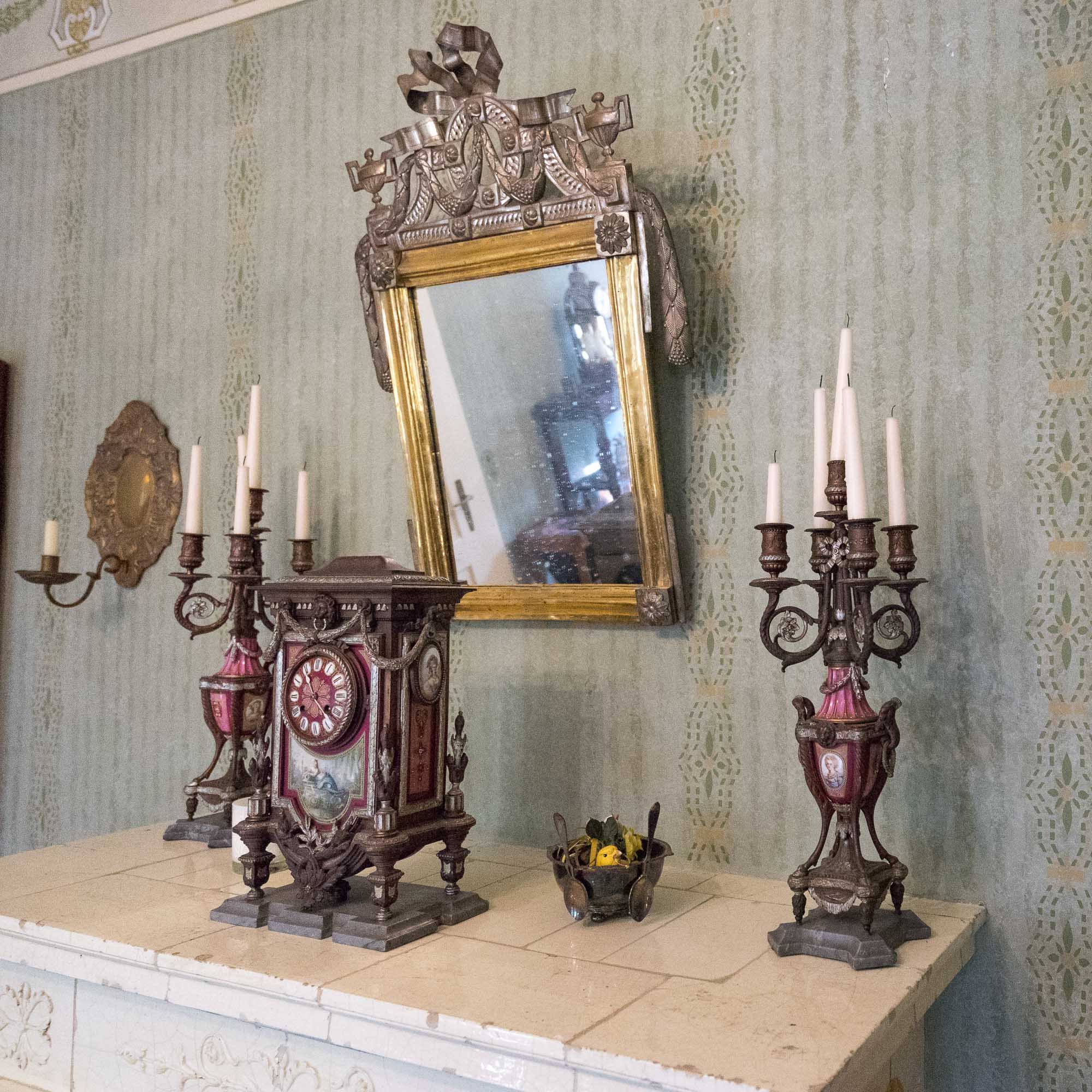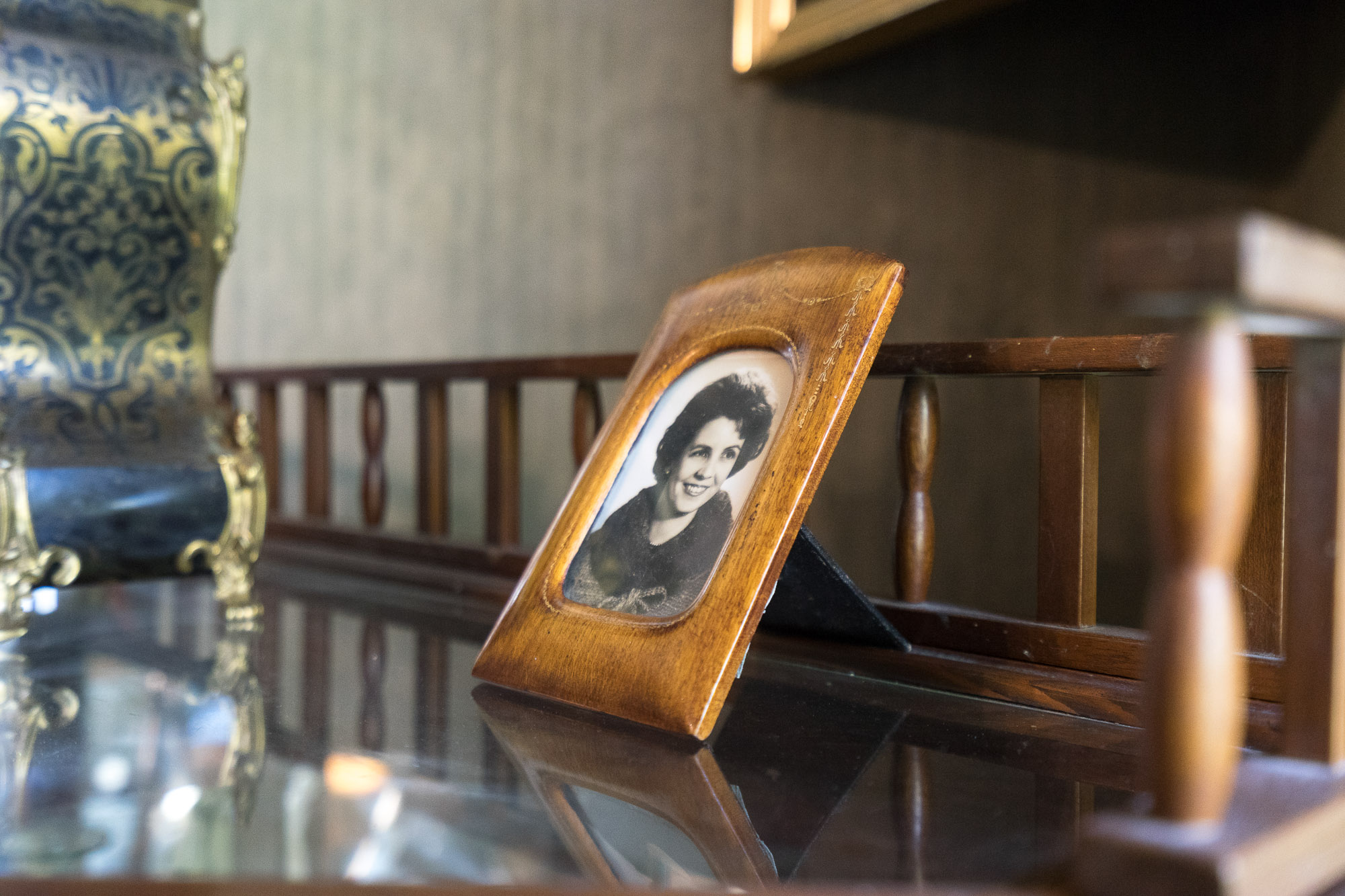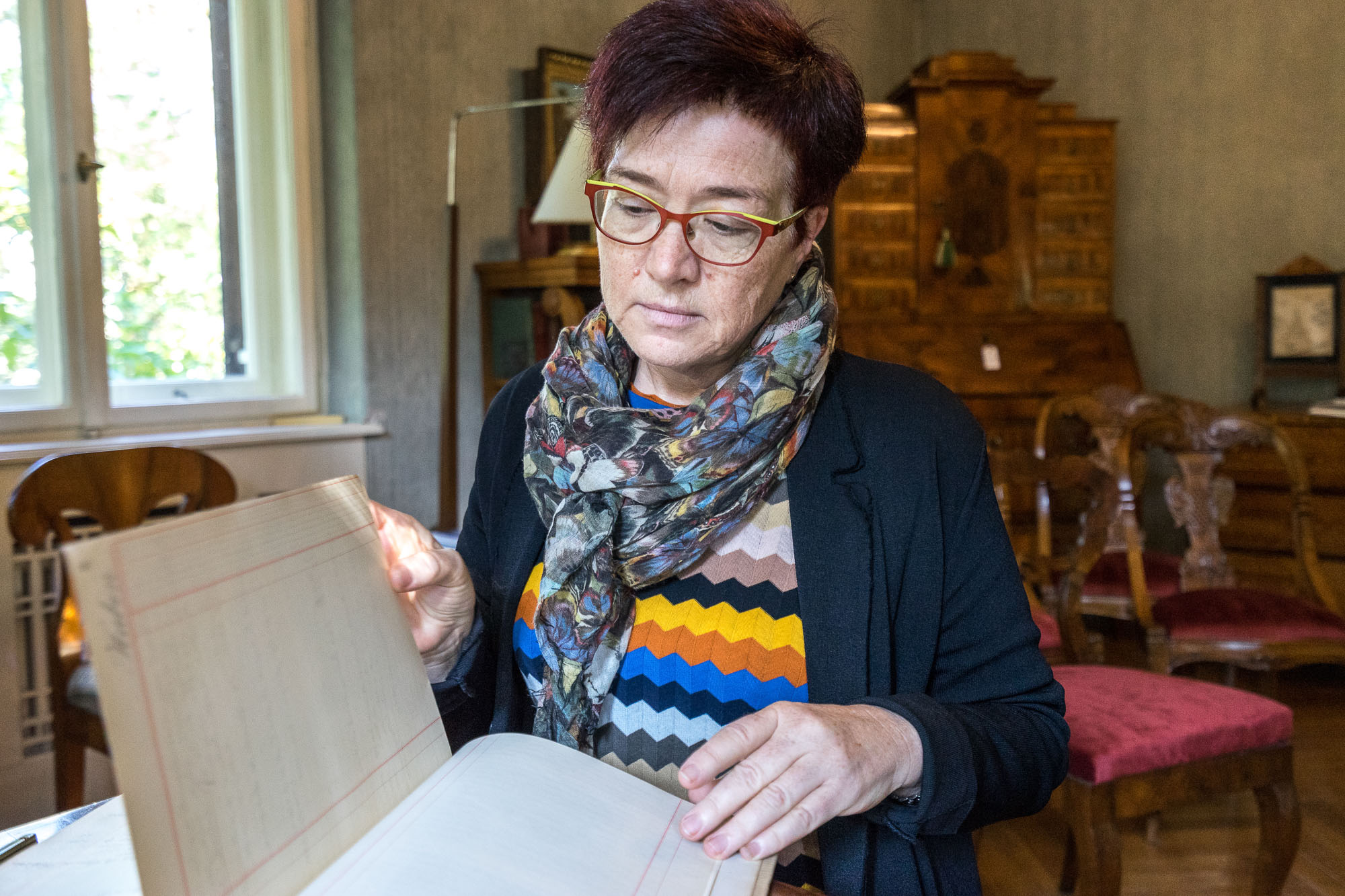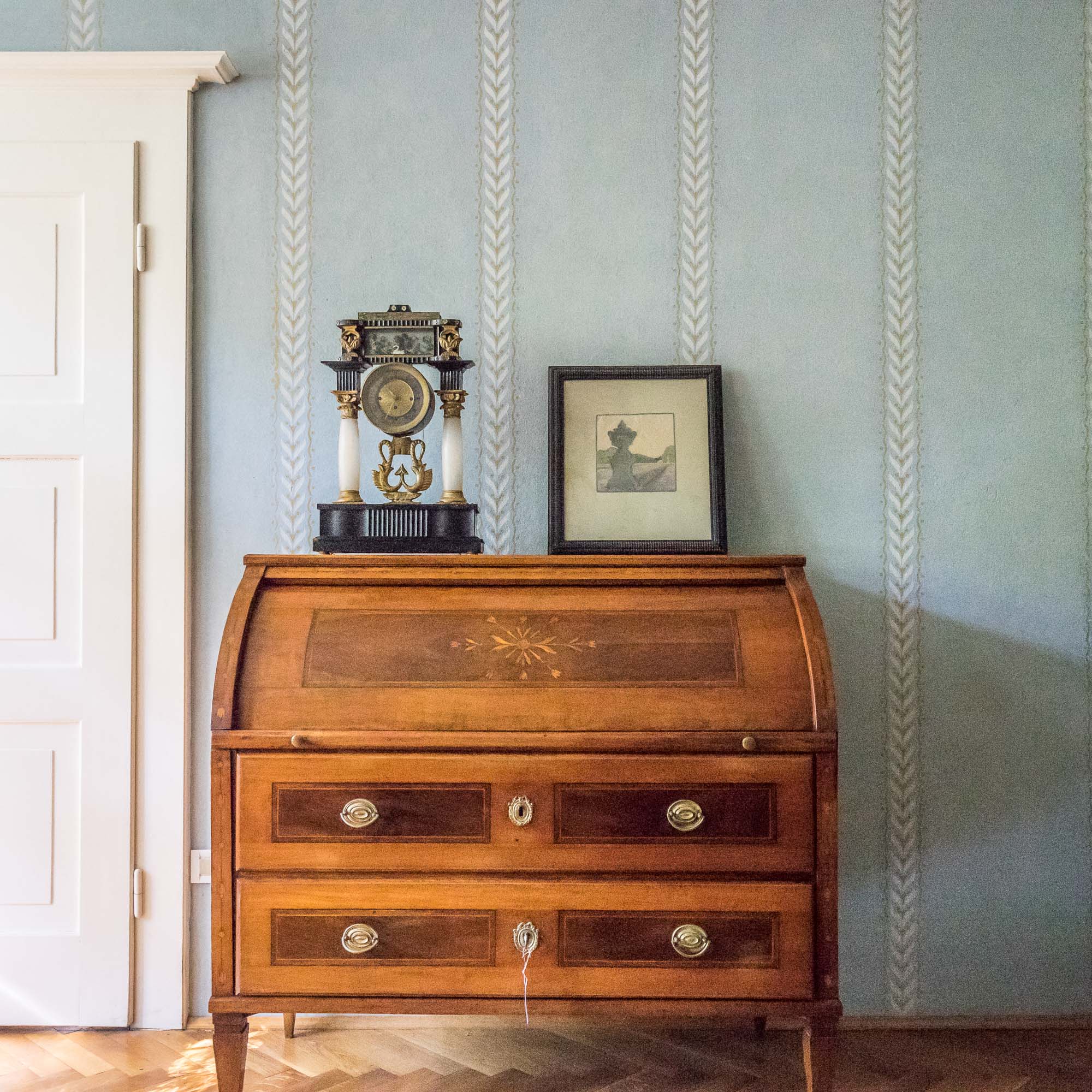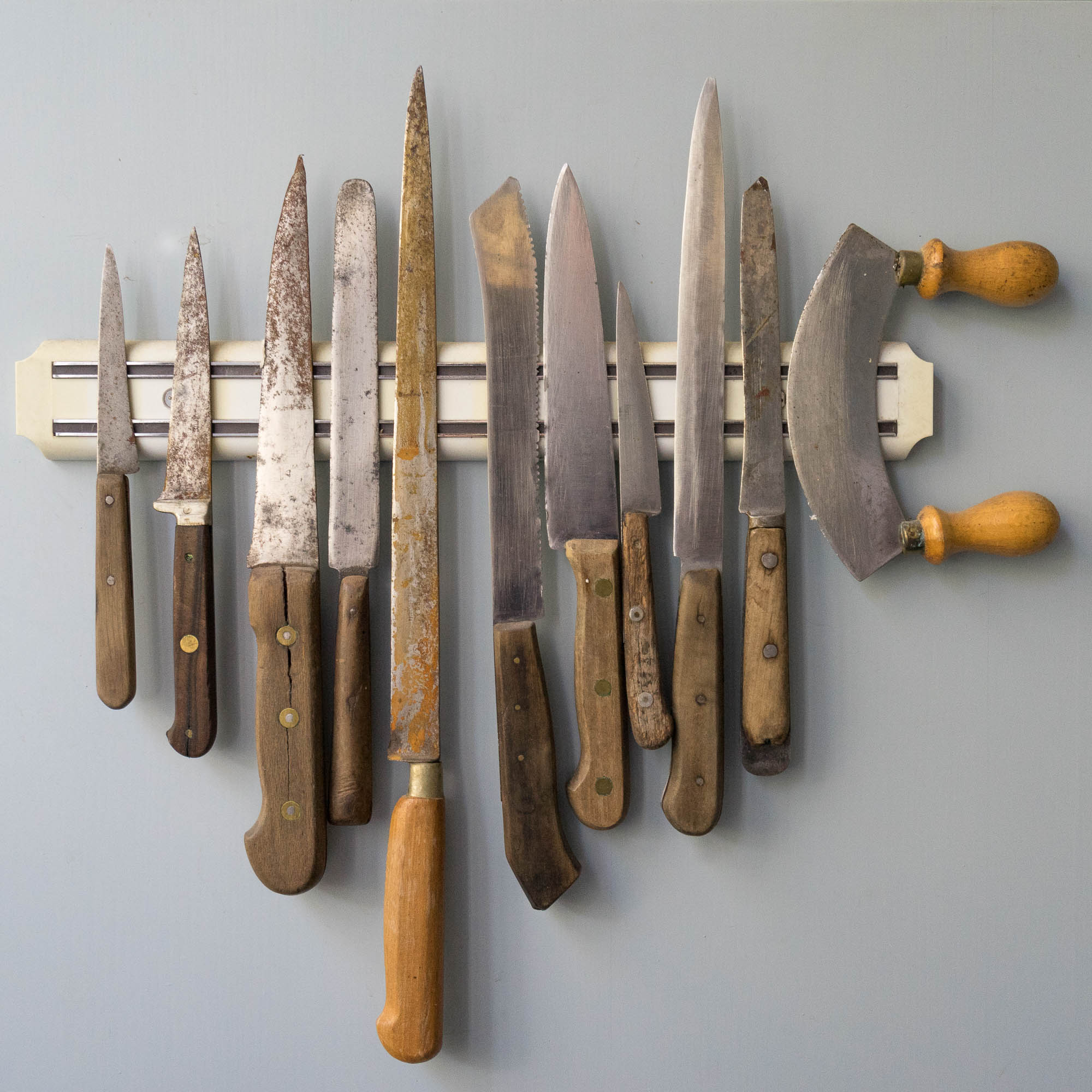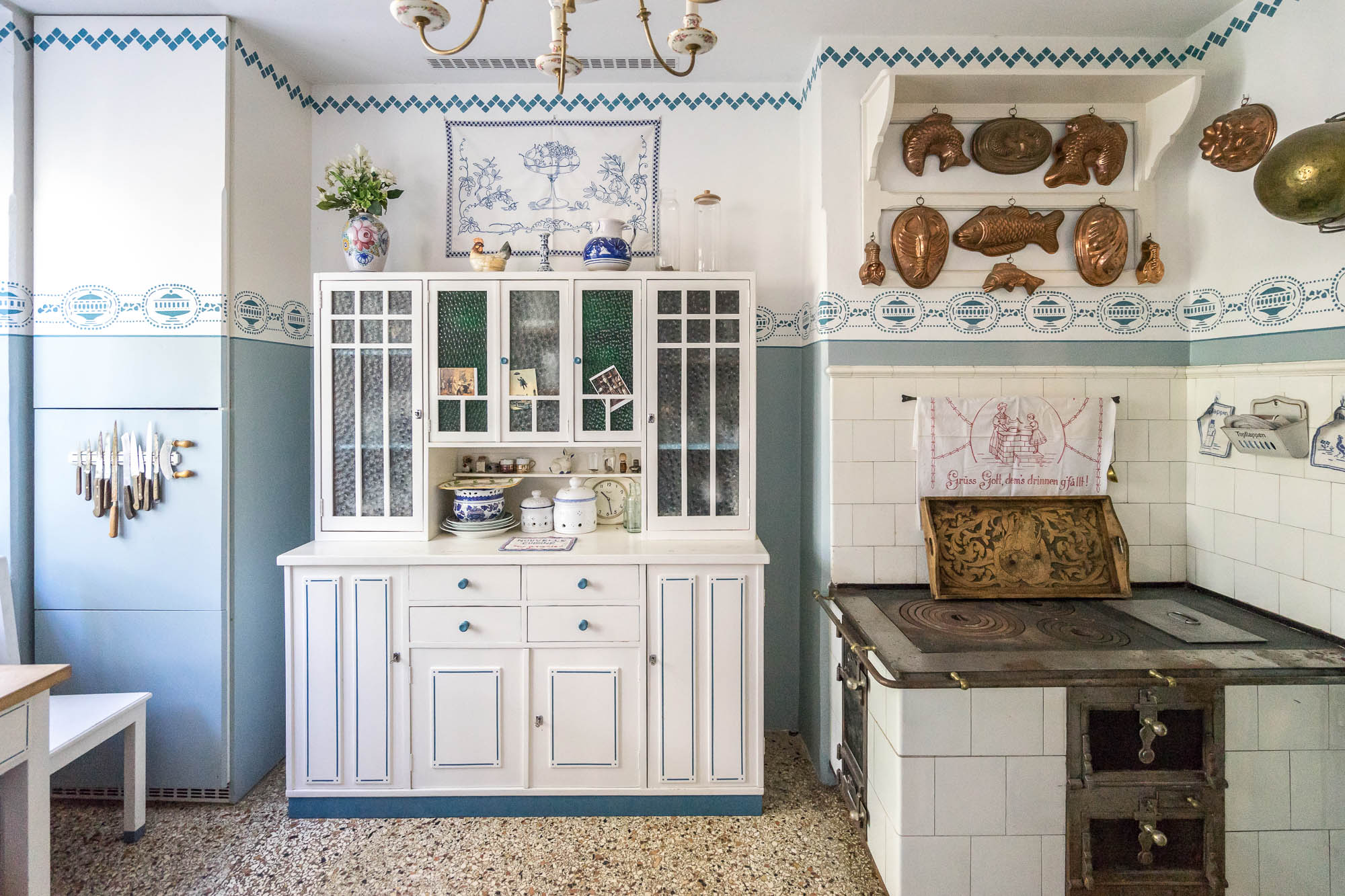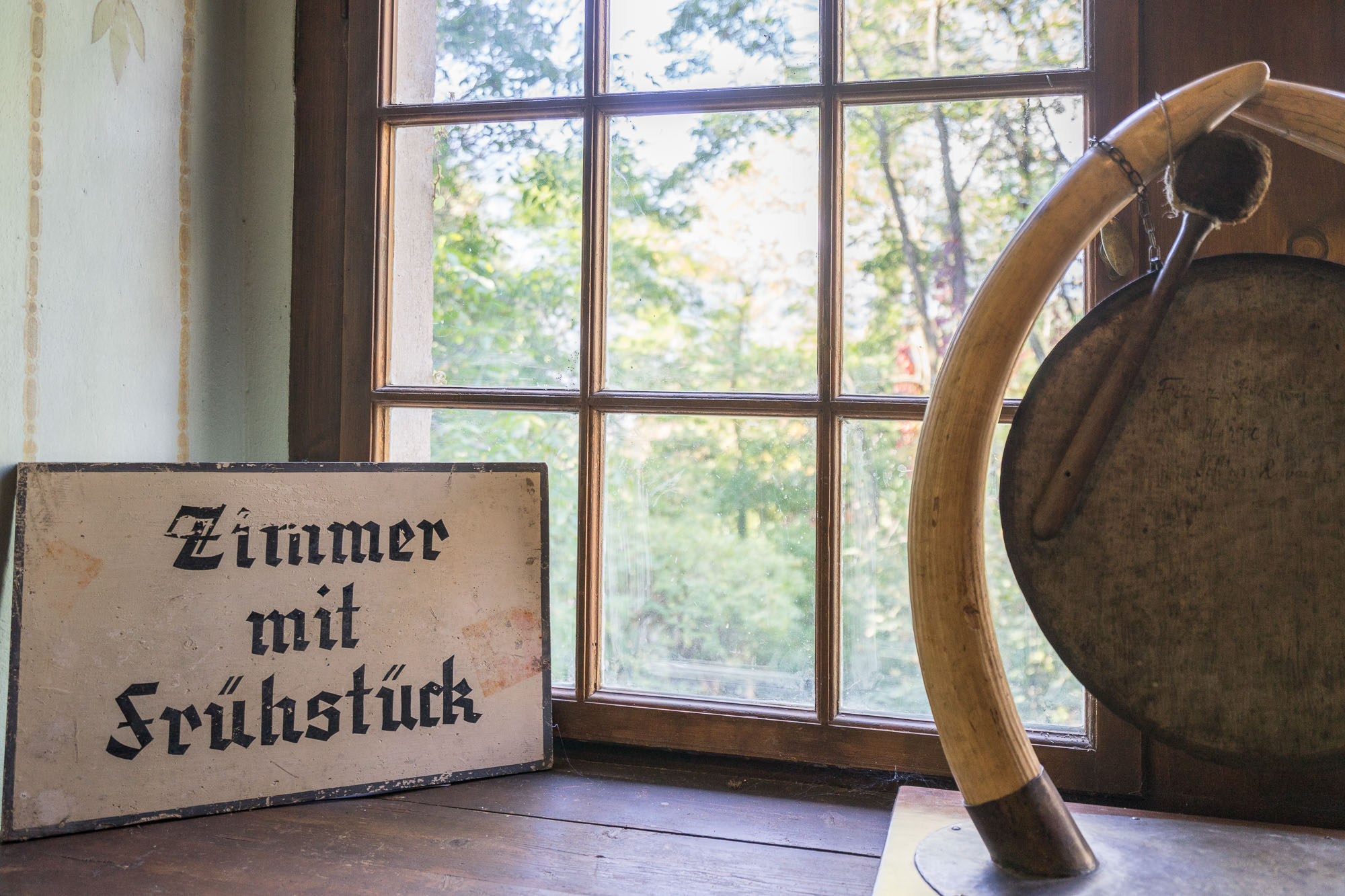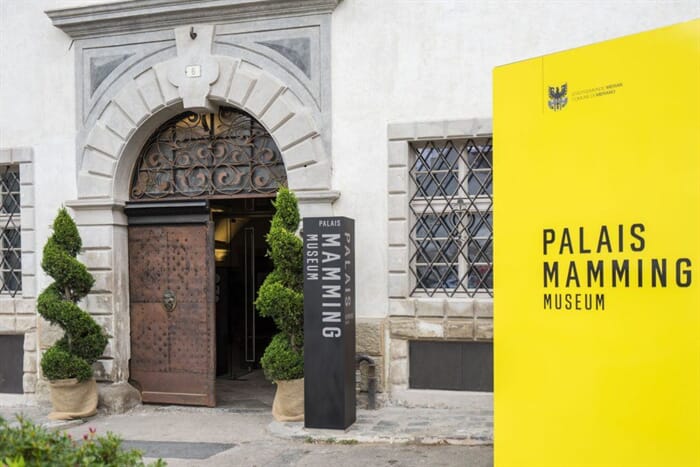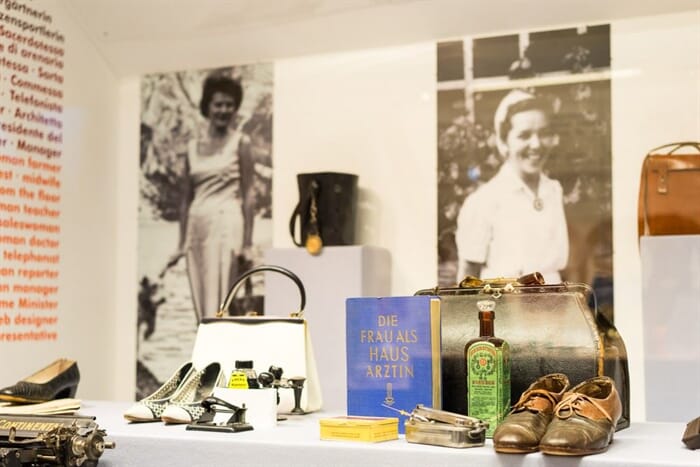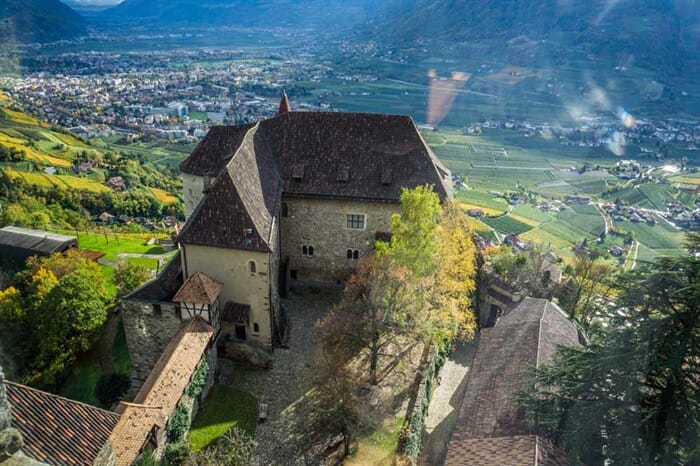Villa Freischuetz- A new museum in Merano
Imagine: An old, very old stately home, in the middle of a large, completely overgrown park, trees and shrubs growing up to the walls of the house.
This house is in a prime location in Maia Alta, the green district and villa quarter of Merano, but at the same time is so far away from the shot and overgrown that it is (almost) not recognizable from the Priamiweg, which leads there and past.
This house is the Villa Freischuetz, which was built in 1909 in the Heimatschutz style and thus belongs to the "new" old villas in Merano, which were no longer created in the Art Nouveau style. Villa Freischütz was bought in 1922 by Franz Fromm (1854-1941), a Prussian wine merchant who did business in Barcelona. By then he and his family had been renting the most beautiful villas and castles in Merano for 17 years, such as Rametz Castle and Rubein Castle. Franz Fromm was a passionate art collector, who collected art and artifacts from all over the world with great flair and hoarded them in his Villa Freischüuez until his death in 1941.
Until 2013 his granddaughter Rosamaria Navarini (1926-2013) lived in this house. She got her surname from the marriage of her mother Luisa Fromm y Hilliger with an Italian general. In her will, Rosamaria Navarini stipulated that her entire estate, including Villa Freischütz, was to be transferred to a foundation after her death. According to her last will and testament, this foundation was to create a museum in the Villa Freischüuez, which would make the house itself, but also all the works of art that had accumulated over the past decades, accessible to the public.
Until 2013 his granddaughter Rosamaria Navarini (1926-2013) lived in this house. She got her surname from the marriage of her mother Luisa Fromm y Hilliger with an Italian general. In her will, Rosamaria Navarini stipulated that her entire estate, including Villa Freischütz, was to be transferred to a foundation after her death. According to her last will and testament, this foundation was to create a museum in the Villa Freischüuez, which would make the house itself, but also all the works of art that had accumulated over the past decades, accessible to the public.
Change of scene: It is a warm autumn day in October 2018, I am sitting on a comfortable armchair in Rosamaria Navarini's living room, opposite me the Merano architect Herta Waldner is leafing through old account books while she talks about the house. The accomplished architect is the president of the "Fondazione Navarini-Ugarte" foundation, the very foundation that has taken on the large and complex task of getting the Villa Freischuetz Museum up and running.
"Everyone who enters the Villa Freischuetz Museum should feel as if they have been transported into a time capsule," says the architect, who specializes in historic buildings. "In addition to the enormously varied art collection, however, it is above all the everyday objects from the period 1922-1941 and the following decades that should tell a lot about the lives of the inhabitants of the house about the family, their employees and ultimately also about the history of Merano in these turbulent times."
The everyday objects include, for example, many well-preserved handwritten legacies such as testimonies, diaries, household books and account registers, which are presented in harmonious harmony with books from the 15th century. a veritable arsenal of weapons, board games from the turn of the century and the paintings of Ellen Tornquist and Georg Greve Lindau. In addition, there is the house itself: Large, wide and sun-drenched rooms, alternating gorgeous terrazzo and crunchy parquet floors, the walls partly decorated with Asian wallpaper, a still-functioning kitchen, valuable furniture from all over the world, some of which has a few centuries under its belt itself. Everything here makes sense or has a function, which, however, very often only opens up after the expert's professional advice.
"Everyone who enters the Villa Freischuetz Museum should feel as if they have been transported into a time capsule," says the architect, who specializes in historic buildings. "In addition to the enormously varied art collection, however, it is above all the everyday objects from the period 1922-1941 and the following decades that should tell a lot about the lives of the inhabitants of the house about the family, their employees and ultimately also about the history of Merano in these turbulent times."
The everyday objects include, for example, many well-preserved handwritten legacies such as testimonies, diaries, household books and account registers, which are presented in harmonious harmony with books from the 15th century. a veritable arsenal of weapons, board games from the turn of the century and the paintings of Ellen Tornquist and Georg Greve Lindau. In addition, there is the house itself: Large, wide and sun-drenched rooms, alternating gorgeous terrazzo and crunchy parquet floors, the walls partly decorated with Asian wallpaper, a still-functioning kitchen, valuable furniture from all over the world, some of which has a few centuries under its belt itself. Everything here makes sense or has a function, which, however, very often only opens up after the expert's professional advice.
The Museum Villa Freischuetz in Merano is open Monday to Friday from 14:00 - to 18:00 and Saturdays from 10:00 - 13:00.
Telephone information is available at the number +39 339 4321283
Telephone information is available at the number +39 339 4321283
